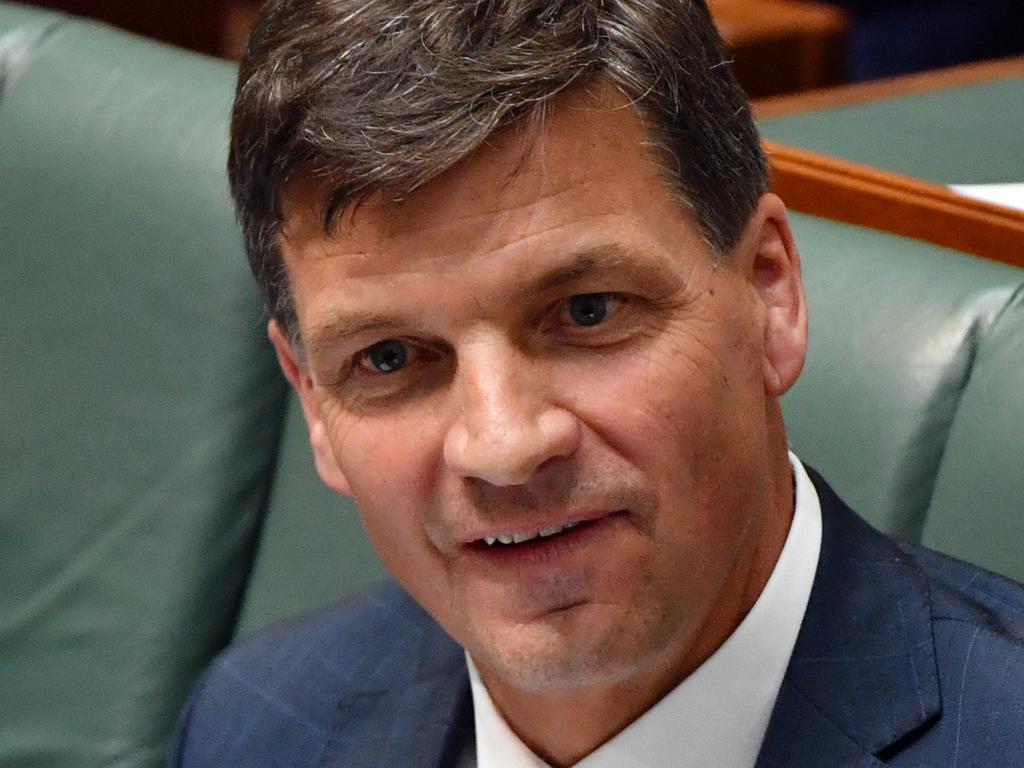
Instead of a planned rest, Prime Minister Scott Morrison flew to northern Tasmania and extended his campaign to the Saturday morning of the election. Morrison’s clear message to the voters of Bass and Braddon was that Tasmania’s “battery of the nation” project would go ahead.
While the ALP franking credit disaster helped gain votes, that “battery of the nation” promise delivered the two seats that gave the government a majority of one seat in the house.
And it is this policy, plus the Snowy hydro plan and changes to the grid, that transform the nation’s power generation.
And in his back-pocket Morrison has the project to make Australia the source of renewable energy for South-East Asia. This would put to bed the idea that Australia is not playing a role in global renewable energy.
Meanwhile, prepare for endless media on renewable targets and other irrelevancies.
As I have written many times you can have as many targets you want but the only issue that counts is how you implement those policies. And so NSW, Victoria and South Australia set themselves renewable targets to win inner city seats and made a complete hash of the implementation, sending prices through the roof and risking blackouts. Victoria was the worst. The current politics are that NSW and Victoria blame the Commonwealth for the mess they created.
Victoria has huge wind and solar capacity but very little back-up if the wind does not blow and the sun is not shining. And the grid is unsuitable for decentralised power generation.
The “battery of the nation” project is about rescuing Daniel Andrews and to a lesser extent Gladys Berejiklian. The plan is to double Tasmania’s renewable energy capacity by developing pumped hydro energy storage, building wind farms and upgrading existing generation assets.
Fourteen pumped hydro sites have been earmarked across the state with a combined potential generation capacity of up to 4800 megawatts---about the same amount that is produced in the Latrobe Valley from brown coal.
The second leg of the plan is the construction of another direct-current transmission interconnector with the mainland — the Marinus Link — which would send excess electricity to Melbourne during peak demand periods.
Morrison claimed that this interconnector could be built as soon as 2025, although this has since shifted to 2027. Morrison was careful with his words and theoretically is not locked in but in Tasmania’s eyes he was making a promise that transforms the state.
If construction is not underway by the next election these two seats will go back to the ALP.
To make the project economic Victoria has to lift its renewables and run down coal.
Suddenly Scott Morrison is Daniel Andrews’ best friend and Andrews is talking about lifting the renewables target to link with the Tasmanian project and the Snowy pumped hydro project.
We are looking at huge outlays but the self-managed superannuation movement and its massive voter base is screaming for government-backed bonds to replace bank term deposits.
Hydro bonds are an answer. Morrison can lock in 2022 if he gets this right.
But of even greater significance for the region is the Singapore project. Singapore gets about 95 per cent of its power from LNG so is vulnerable to the oil market and the turbulence in the Middle East.
Two Australian billionaires, Mike Cannon-Brookes (software) and Andrew Forrest (iron ore) are backing the Singapore project that aims to supply a fifth of Singapore’s electricity needs from what would be the world’s biggest solar farm, near Tennant Creek. An essential part of the $20 billion project is a 3750-kilometre underwater cable from the Northern Territory to Singapore.
The main driver of the project is David Griffin, chief executive of Sun Cable. Griffin also plans to provide Coles with 10 per cent of its electricity from solar.
The Singapore project will use Australian-made technology to simplify and accelerate the installation of the solar panels. Rather than construct the framing out in the field, an Australian company, 5B, will assemble the panels into a concertina-style kit in factories in Darwin and Adelaide.
It is this sort if technology that makes these remote projects possible. In a similar way the ability to make pipes on site rather than transport them makes pumping northern waters to the Murray Darling Basin a project worth considering.
The Morrison plan is to concentrate on actions rather than media-driven targets. As I pointed out on Monday, the same policy must be applied to carbon management in our forests. And so, if we are to have a royal commission, it should concentrate on the following matters:
* How to implement the required fuel reduction targets set by past royal commissions;
* How to contain forest fires in dense carbon storage areas and the role of carefully planned logging in these areas to allow containment of those fires;
* The role of cattle in the high country;
* The breakdown in communication between the local volunteer firefighters and the paid fighters who often had greater expertise fighting city building fires. How is this rectified?




In a strange way Australia’s long-term carbon policy was decided on May 17, 2019---the day before the election.